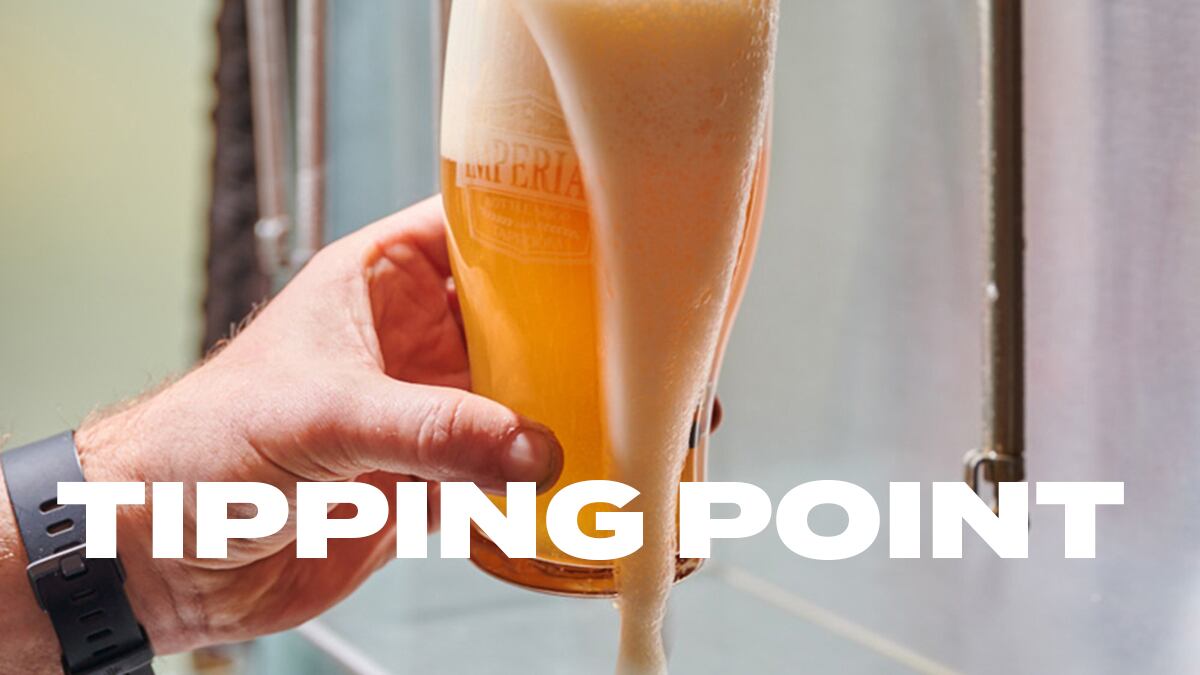In Oregon, beer is more than just a beverage. It’s part of our identity.
That became even clearer when the pandemic threatened the very existence of the state’s craft beer industry. When the framework most breweries rely on—serving pints to customers seated next to each other on barstools—was forbidden for significant segments of 2020, fiercely loyal drinkers found other ways to support those businesses. We ordered cans for doorstep delivery, filled containers to take home, and attended brewers’ markets that popped up in parking lots.
Once outdoor service resumed, we embraced impromptu patios and parklets even though it may have been bitterly cold, blisteringly hot, or pouring down rain. Beer lovers continued to prove it’s not just about the beer—losing access to our beloved pubs and the fellow enthusiasts who gathered there felt like getting cut off from a space as comfortable and intimate as our own living rooms.
However, with the end of the pandemic in sight, the industry isn’t returning to business as usual. In fact, big changes were already underway before COVID placed the world in lockdown. Craft beer sales had slowed, and other beverages were gaining in popularity. Two years later, there are more new trends shaping consumer behavior and brewery production.
In our annual Beer Issue, you’ll learn how industry leaders are adjusting to this new era and what may be in store for the future.
For instance, we spoke to three different-sized breweries, all in various stages of growth in 2020, who’ve had to pull back on production and scramble for cans, but are finding ways to reengage the public.
Beer bars are particularly vulnerable right now since they face new competition—in some cases from breweries themselves—and you’ll discover how taproom owners are making changes to draw customers.
We’ve also provided a roundup of some of the most exciting new taprooms in the metro area to help you plan your next beer crawl.
And you’ll find a report on Oregon’s low- and no-alcohol beers, which taste a whole lot better than the near beers that might have once lurked in your dad’s fridge.
This week also marks the in-person return of the Willamette Week-sponsored Oregon Beer Awards at Revolution Hall. The April 6 ceremony honors the state’s top producers, and this year’s competition was the second-largest ever held, with more than 1,000 entries in 29 categories. If you’re reading this after it took place, you can find the complete results on our website.
Despite the current upheaval, the truth is that craft breweries have long dealt with change—rapid industry growth, amended alcohol laws, new beer styles and shifting consumer demographics. Transitions are rarely easy, but they typically lead to positive outcomes. That’s good news if you’re a beer drinker in Oregon.
—Andi Prewitt, Arts & Culture Editor
Willamette Week’s 2022 Beer Issue
Here Are 16 New Metro-Area Taprooms We’re Most Excited to Visit
COVID Can Consumption Caused Chaos for Breweries of all Sizes. Here’s How Three in Oregon Coped.
The Beer Fads of the 2010s Are Officially Dead. Here’s How We’ll Be Drinking This Year.

